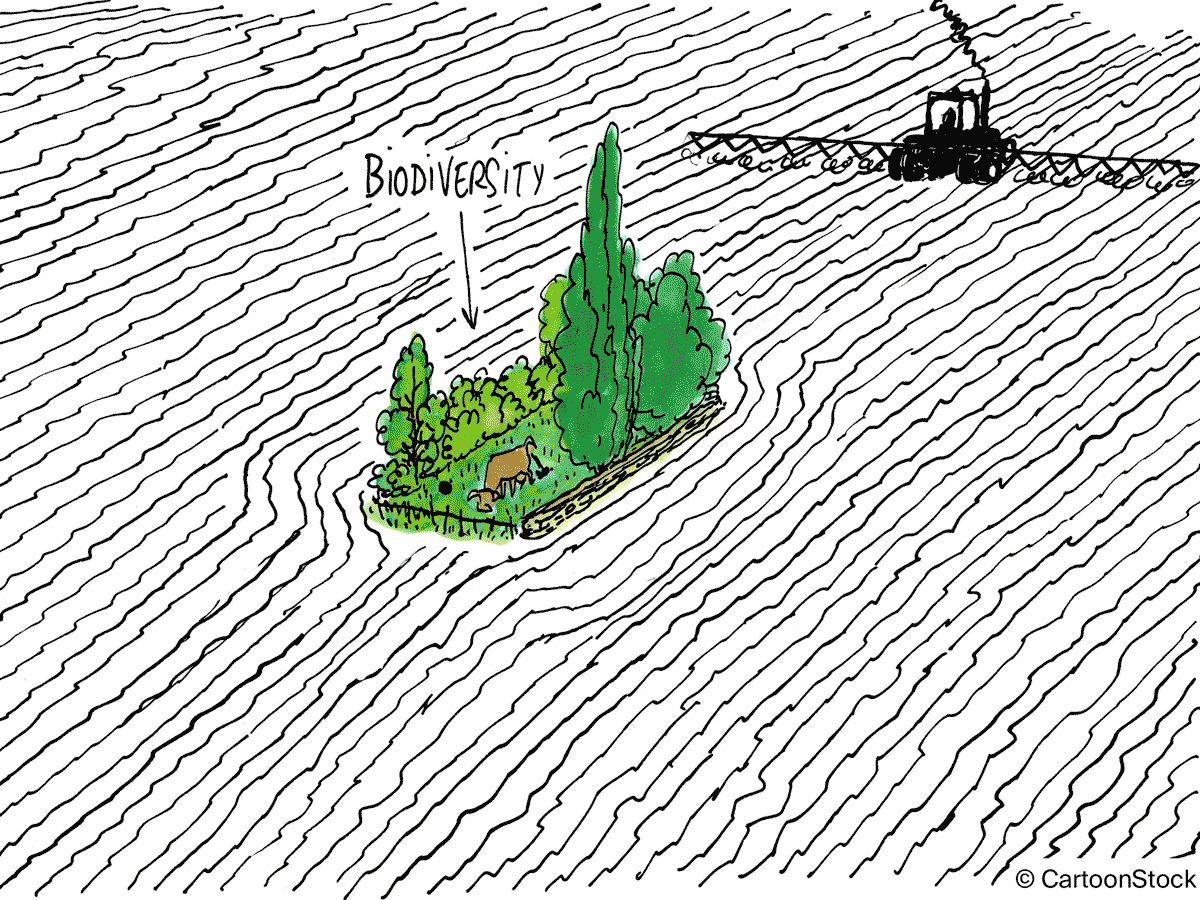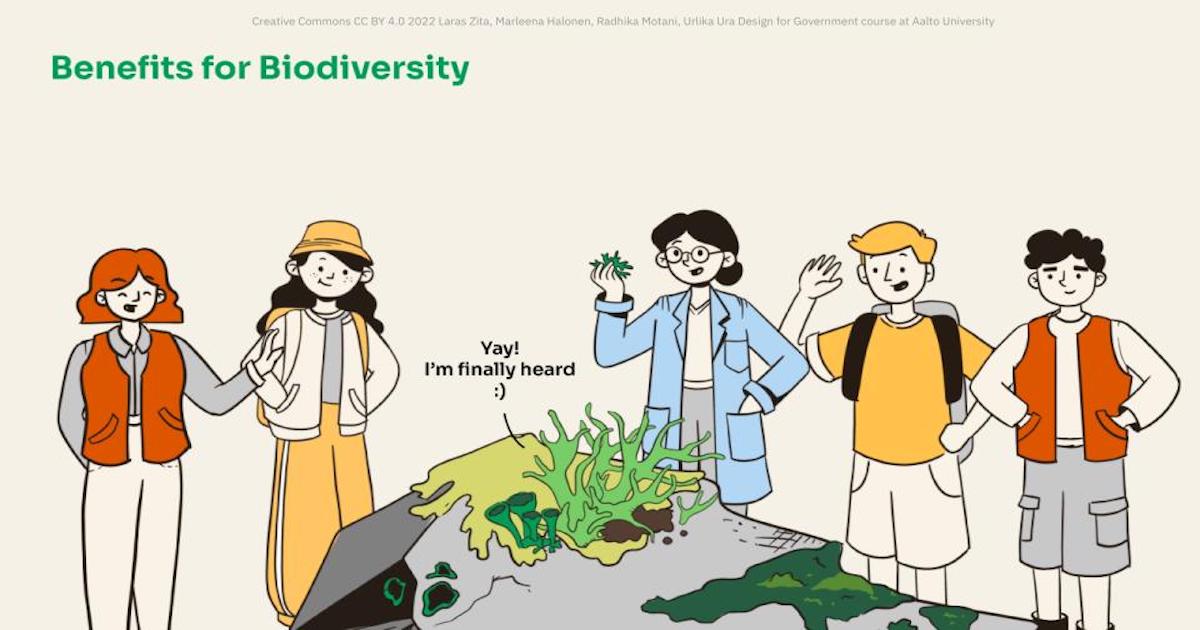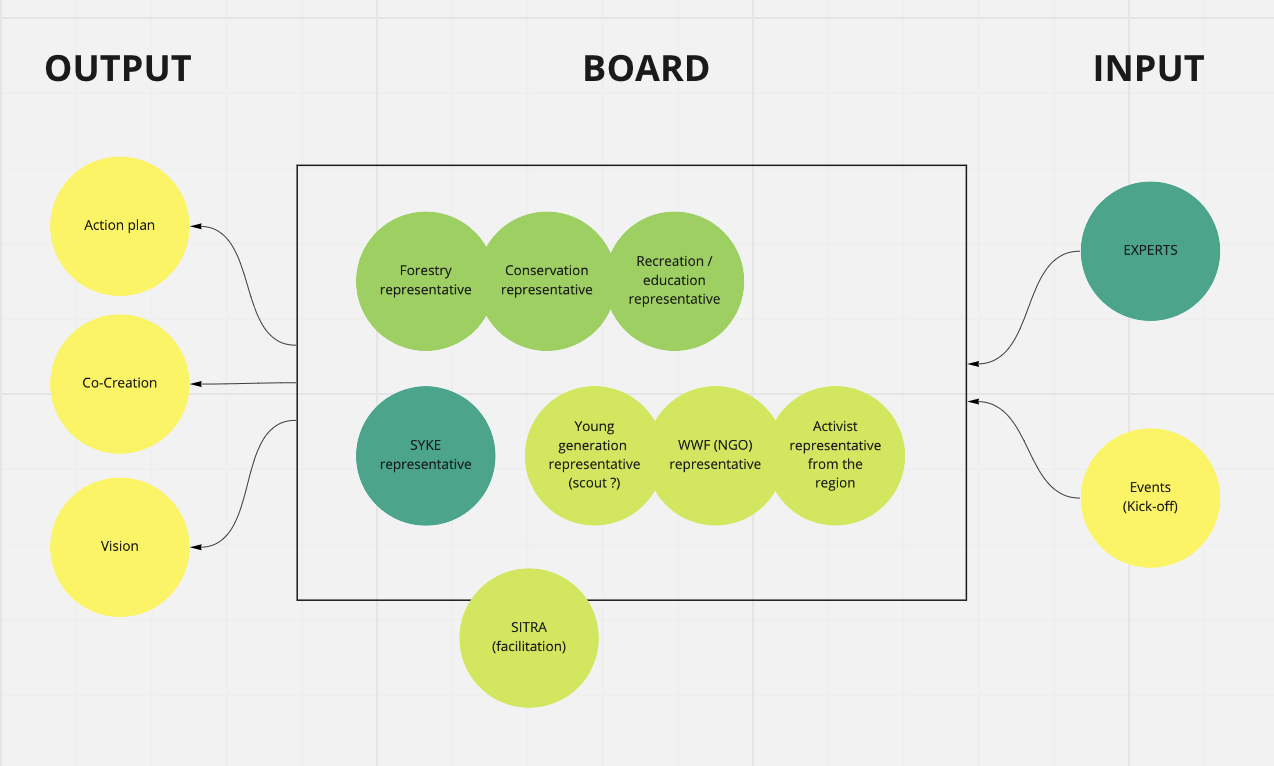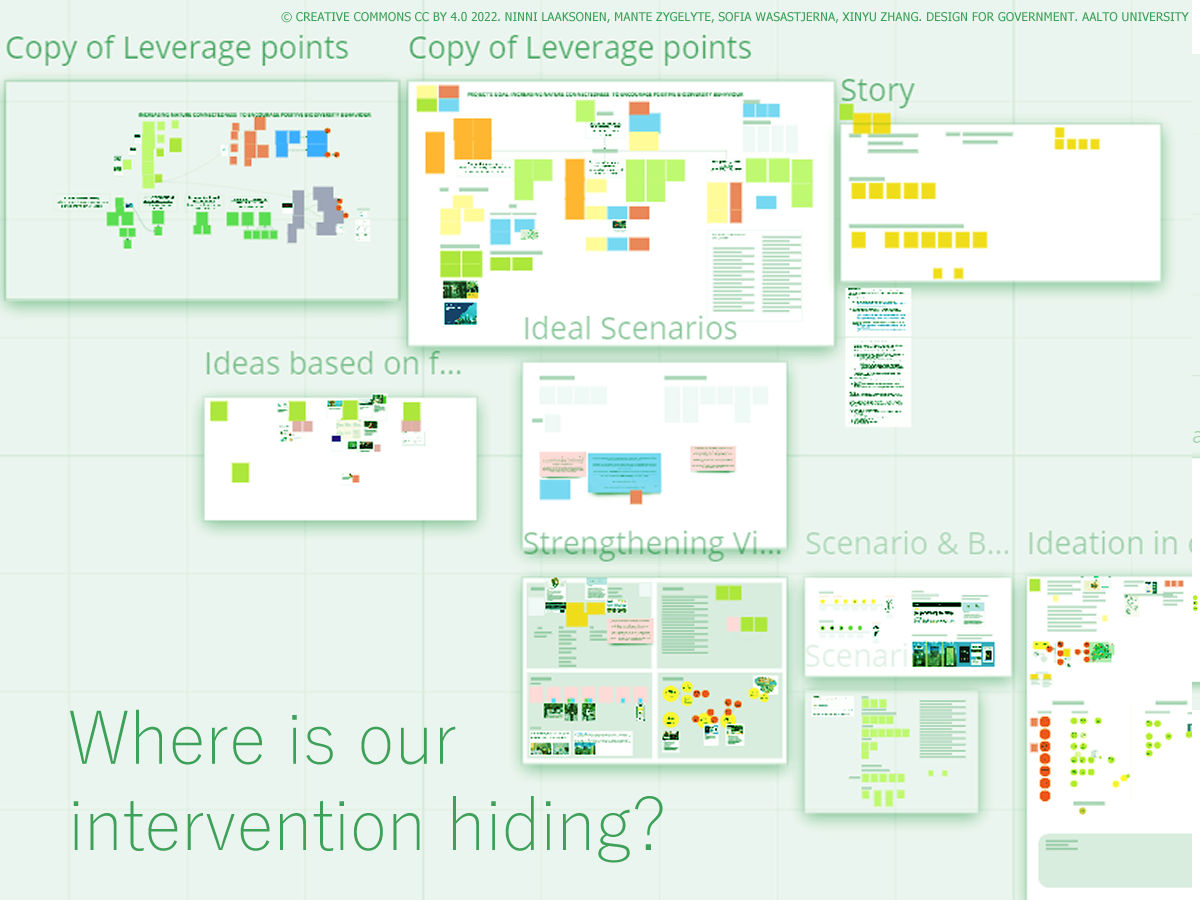The Dark Matter Behind It All
Cross-fertilisation is interaction or interchange, as between cultures, fields of activity, or knowledge, that is mutually beneficial and productive. Together with the Prime Minister’s Office and Ministry of Environment we have started to explore how biodiversity could be transformed into all-of-government ownership. How could this cross-fertilisation look between the ministries as well as within their agencies, institutes, and service providers?









